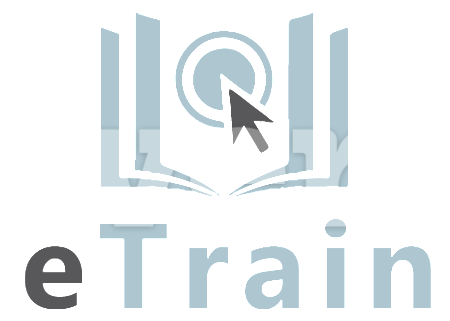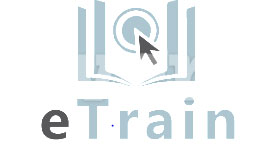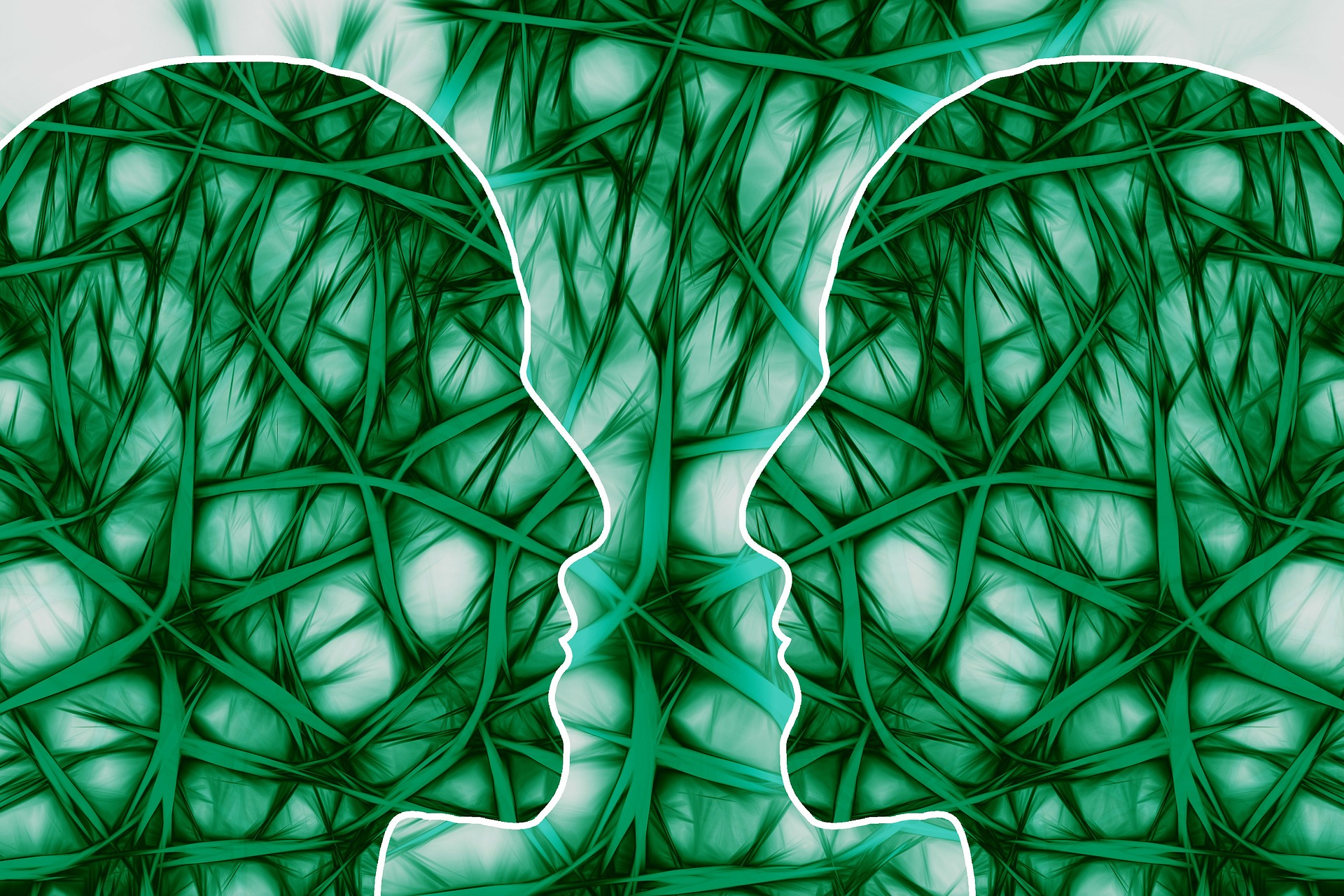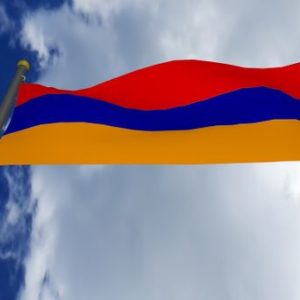Description
The human body is a complex machine which forms the structure of your entire body. Everything works in cohesion to help you function, from the way you walk to how your body rests and regenerates when you sleep.
The study of the human body is beneficial to many professions and it involves health professionals, physiologists, physiotherapists, and anatomists.
This course will provide you with an in-depth understanding of the human body and the accompanying physiological process that allow it to function for maximum benefit. You will have a detailed explanation of some more complex aspects of anatomy such as the skeletal and muscular systems, the heart, the brain, spinal cord and the autonomic nervous system.
KEY LEARNING POINTS
- The Skeletal System
- Joint
- The Muscular System
- The Chemistry of Using Food to Provide Energy for the Body
- Cellular Energy
- The Heart
- The Brain
- The Spinal Cord
- Neurones
- Voluntary and Reflex Actions and the Automatic Nervous System
ADVANTAGES OF THIS COURSE
- Learn the physiological functions of the human body.
- Implement the knowledge you learn as soon as you finish the course.
- Experienced and qualified tutors available to support you throughout your course.
- You can use this course as a taster in biology and the human body, which can lead you to becoming a physiotherapist.
UNITS OF STUDY
- Describe the main functions of the skeletal system
- Identify the types of bone that make up the skeletal system
- Identify the 5 main types of bone classification
- Explain the structure of skeletal tissue
- Describe the development of bone
- What is a joint
- Main types of joint
- Synovial joints – their common characteristics and movement patterns
- Anatomical position
- Canine Play Bows
- Degrees of freedom of joints
- Planes of the body
- Training the skeleton
- Identify the three types of muscle tissue
- Properties of skeletal muscle
- Describe the functions of skeletal muscle
- Identify different muscles shapes
- What is the role of the muscle fibres
- Identify the types of muscular contraction
- Identify the structure of skeletal muscles
- Explain the Sliding Filament Theory
- Describe how muscle contraction is initiated
- The all or none law
- Explain how muscle contraction is controlled
- How the food we eat is taken apart and utilised to provide energy
- How food molecules are transported to cells where they will be used
- describe where the energy to drive cellular activity comes from
- explain what mitochondria are and how they function
- explain where mitochondria are thought to have originated
- Describe the anatomical position of the heart, its size and its structure
- Explain the passage of blood flow through the heart
- Identify the mechanisms of the heart beat and how it is controlled
- Describe the cardiac cycle
- Describe how the heart is trained
- Identify the main arteries that supply the heart with blood
- Describe the relationship between the heart and blood pressure
- Summarise the functions of the central nervous system
- Identify the structure and function of the five main parts of the brain
- Explain the function of the ventricles of the brain
- Explain the role of the meninges and cerebrospinal fluid
- Explain the structure and function of the spinal cord
- Identify the peripheral nerves
- Explain the type, function and distribution of the twelve cranial nerves
- Explain the function and route of the spinal nerves
- Describe the structure of a typical neuron
- Identify different types of neuron and explain their functions
- Explain the function of nerve endings
- Identify the electrical and chemical factors essential in the functioning of nerve tissue
- Explain the anatomical difference between a voluntary movement and a reflex action
- Explain the roles of the sympathetic and parasympathetic nervous systems
- Identify the functions of the autonomic nervous system








Reviews
There are no reviews yet.